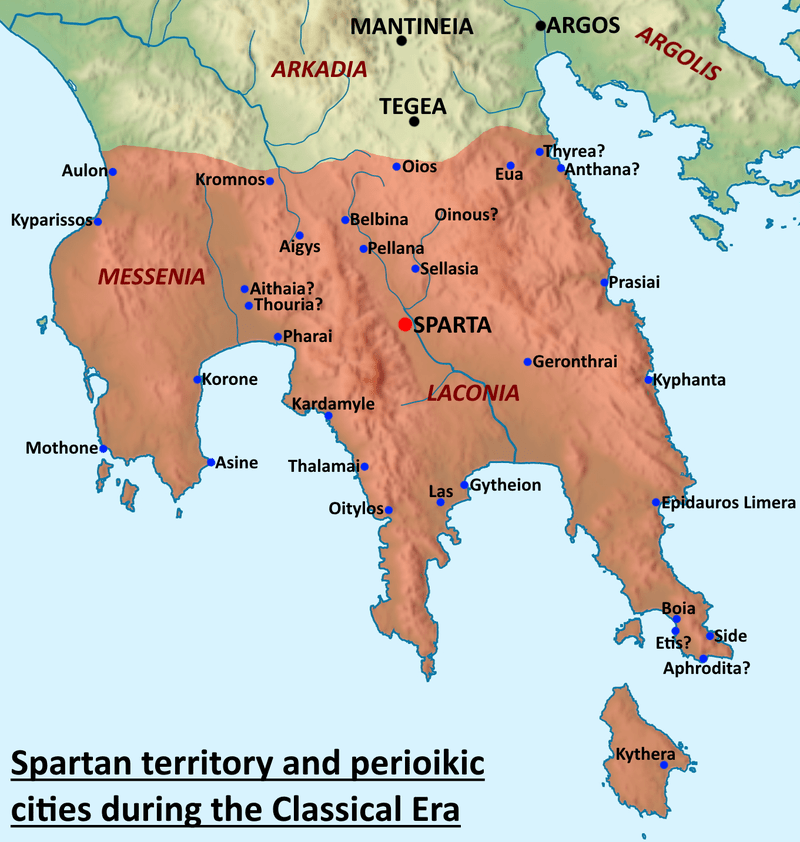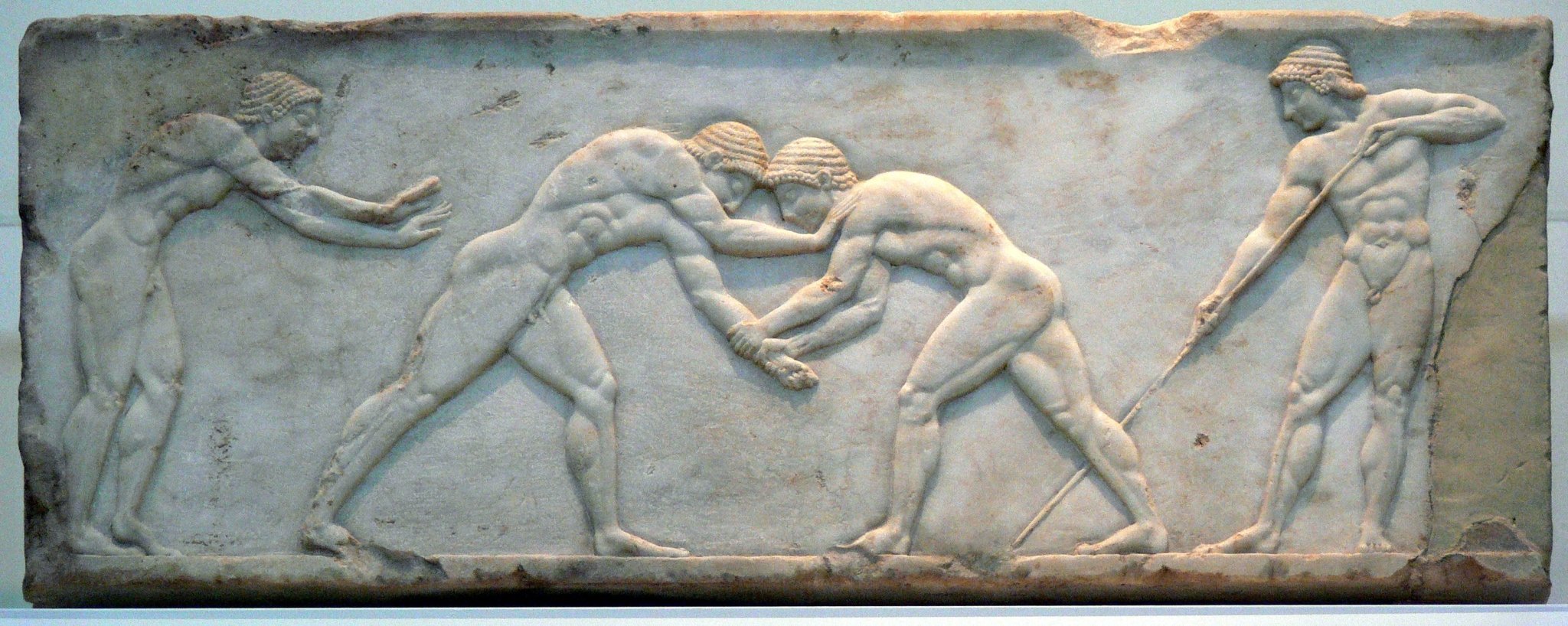The Pont du Gard - Roman France
By Sandra Alvarez

The Pont Du Gard, reflecting it’s beauty into the waters of the Garden River: Photo: Medievalists.net
You don’t have to travel to Rome to see the vestiges of an ancient empire. Roman power stretched well into Northern Europe leaving behind spectacular monuments and architectural wonders for visitors to enjoy for centuries. So if you happen to be vacationing in France, and you're a fan of Roman history, you might want to skip a trip to Paris and head south, to Languedoc and Côte d'Azur. You can take in the incredible Roman sites while enjoying some of the best food and wine in the country. If your time is limited, what should you see? That’s a tough call since the Romans had quite an impact on the region, but if you had to add one thing to that list, it would be the Pont du Gard.
Pont du Gard
The famous aqueduct is completely intact and is the highest of all Roman aqueducts towering 160ft over the Gardon river. This marvel of ancient engineering was built in the 1st century AD and travelled from Ucetia (Uzès) to the city of Nemausus (Nîmes), along a 50km (31 mile) route to supply water to the Roman colony’s public baths and private homes. After the Roman Empire crumbled, the aqueduct remained in use until sometime in the 6th century when it became too clogged with debris to continue as a reliable water source.
During the Middle Ages, it was maintained by the lords and bishops of nearby Uzès as a toll bridge to recoup the cost of its upkeep. A few centuries later, the Pont du Gard underwent numerous repairs from because it was on the verge of collapse after being tromped on for well over 1500 years.
A new bridge alongside the aqueduct was added in the 18th century, which is the bridge you walk across when you see it today. You can also see the signatures carved into the stone by builders who worked on repairs in the early 19th century. Some included depictions of their tools along with the dates when they worked, a French style of graffiti, with ‘Jean was here’ scrawled into the bridge for posterity.
Until recently, visitors were able to walk across the topmost level of the Pont du Gard. A unnerving experience to be sure, since the Romans didn’t exactly consider installing tourist safety measures when building their aqueduct 2,000 years ago. This practice was stopped due to the danger of being blown off the third level by strong winds or potential missteps. The bridge was also used as a regular road until it was declared a UNESCO Heritage Site in 1985. The bridge was pedestrianised to ensure it is preservation for future generations. A new museum was added to educate visitors to the region about the Pont du Gard's historic and national significance in France.
The Pont du Gard has inspired writers, artists, and daredevils. It is one of the top tourist destinations in France, and has been so for centuries. If Southern France is your destination, it would be remiss to skip this stunning site, a colossal testament to the reach and power of the Roman Empire.
Sandra Alvarez is a guest editor, along with Danièle Cybulskie, for Issue 12 of Ancient History Magazine.






